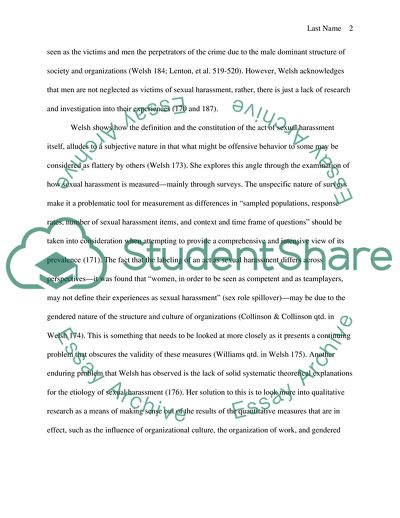Cite this document
(The Gendered Nature of Sexual Harassment Literature review, n.d.)
The Gendered Nature of Sexual Harassment Literature review. https://studentshare.org/gender-sexual-studies/1720812-comparative-articles
The Gendered Nature of Sexual Harassment Literature review. https://studentshare.org/gender-sexual-studies/1720812-comparative-articles
(The Gendered Nature of Sexual Harassment Literature Review)
The Gendered Nature of Sexual Harassment Literature Review. https://studentshare.org/gender-sexual-studies/1720812-comparative-articles.
The Gendered Nature of Sexual Harassment Literature Review. https://studentshare.org/gender-sexual-studies/1720812-comparative-articles.
“The Gendered Nature of Sexual Harassment Literature Review”. https://studentshare.org/gender-sexual-studies/1720812-comparative-articles.


